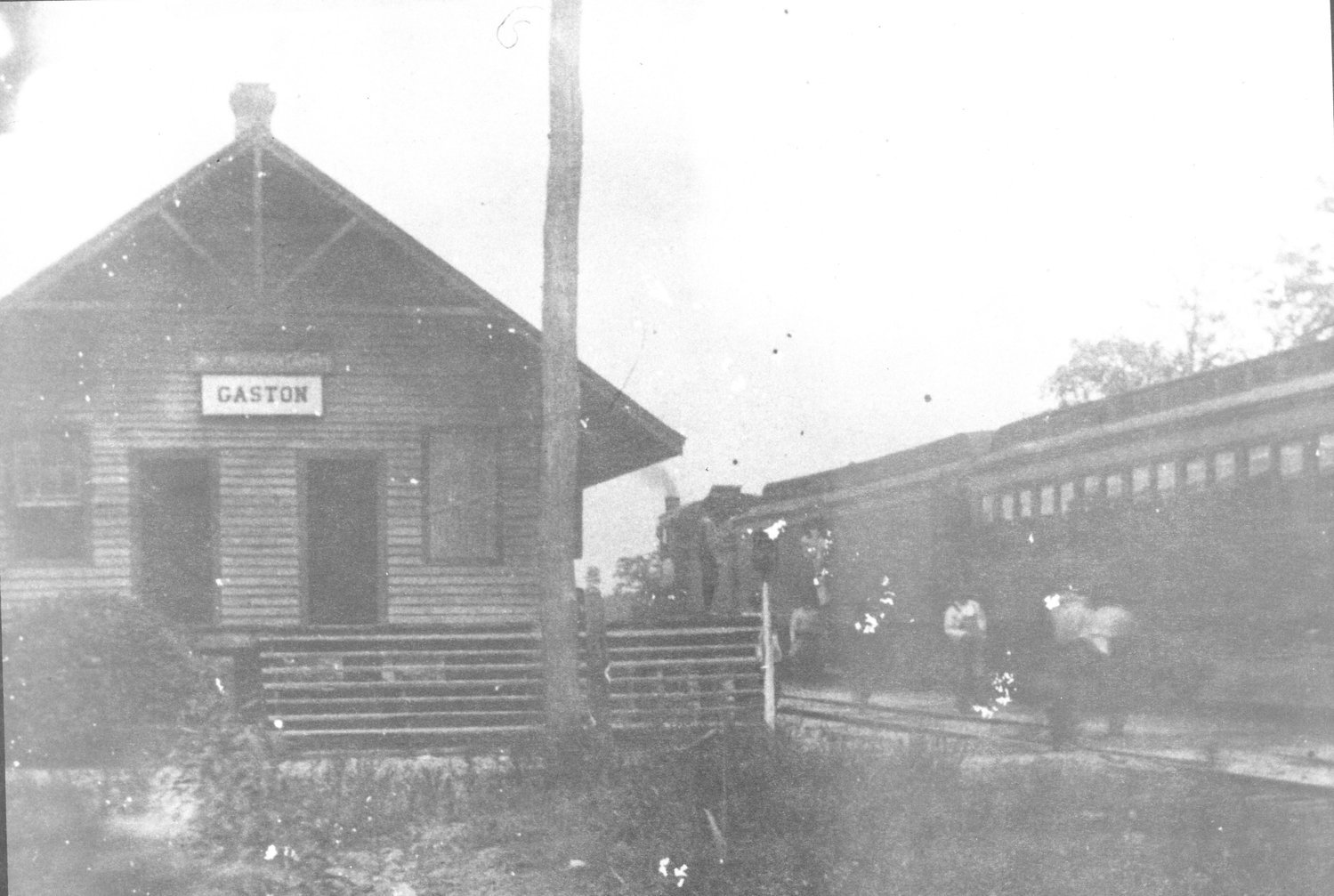The History of Gaston
The area around the Town of Gaston was mostly occupied by small family farms, sawmills and turpentine stills until 1890 or so.
This item is available in full to subscribers.
Subscribe to continue reading. Already a subscriber? Sign in
Get 50% of all subscriptions for a limited time. Subscribe today.
Please log in to continueNeed an account?
|
The History of Gaston
The area around the Town of Gaston was mostly occupied by small family farms, sawmills and turpentine stills until 1890 or so.
Like many of Lexington County’s smaller towns and communities, Gaston owes its existence to the coming of the railroad. The South Bound Railroad was a line between Savannah and Columbia that began operation in 1891. The railroad engineer chose a spot in what was then Platt Springs Township in Lexington County on land owned by Mr. G.A. Goodwin for a depot and a small town surrounding it. The South Bound railroad was leased by the Florida Central & Peninsular Railway Company in 1894 and was purchased by the Seaboard Air Line Railway in 1900. The town created around the depot was most likely named Gaston by the railroad engineer, George Wadley, in honor of his nephew, Gaston Raoul.
Gaston was incorporated on Dec. 28, 1894 but grew slowly. The Lexington Dispatch newspaper lamented in 1905 that Gaston was not as prosperous or growing as quickly as they had hoped. Mr. P. E. Hutto was the largest merchant in town at that point. The manager of his business was Mr. C. E. Hartly, who also served as postmaster. Mr. G.A. “Doc” Goodwin, who sold land for the depot, served as the railroad agent. Farming and forestry remained important industries in the Gaston area throughout the first half of the 20th century.
As with many parts of the state, Gaston was also the site of racial discrimination and violence throughout the late-19th and 20th centuries. The second recorded lynching in Lexington County occurred in Gaston in July 1893 when three African Americans, Will Thompson, Tom Preston and Handy Kaigler, were accused of rape and murdered by vigilantes. Their mangled bodies were left hanging beside the railroad as a warning to other African-Americans. Less than a year later in February 1894, an African-American man named Gage Robertson was lynched near Gaston by a mob for accidentally burning a white man’s fence.
Gaston grew in the first half of the 20th century thanks to the creation and paving of U.S. Highway 321, which brought traffic through the town. In the mid-20th century, Gaston residents complained about being overlooked and felt that other nearby communities such as Swansea were receiving more funds and had better schools. The late-20th century saw Gaston become a suburb of Columbia. Highway 321 and Interstate 26 allowed for faster travel to Columbia.
J.R. Fennell has served as director of the Lexington County Museum since 2007. He holds a master’s degree in public history and a certificate of museum management from the University of South Carolina.
Other items that may interest you







Comments
No comments on this item Please log in to comment by clicking here